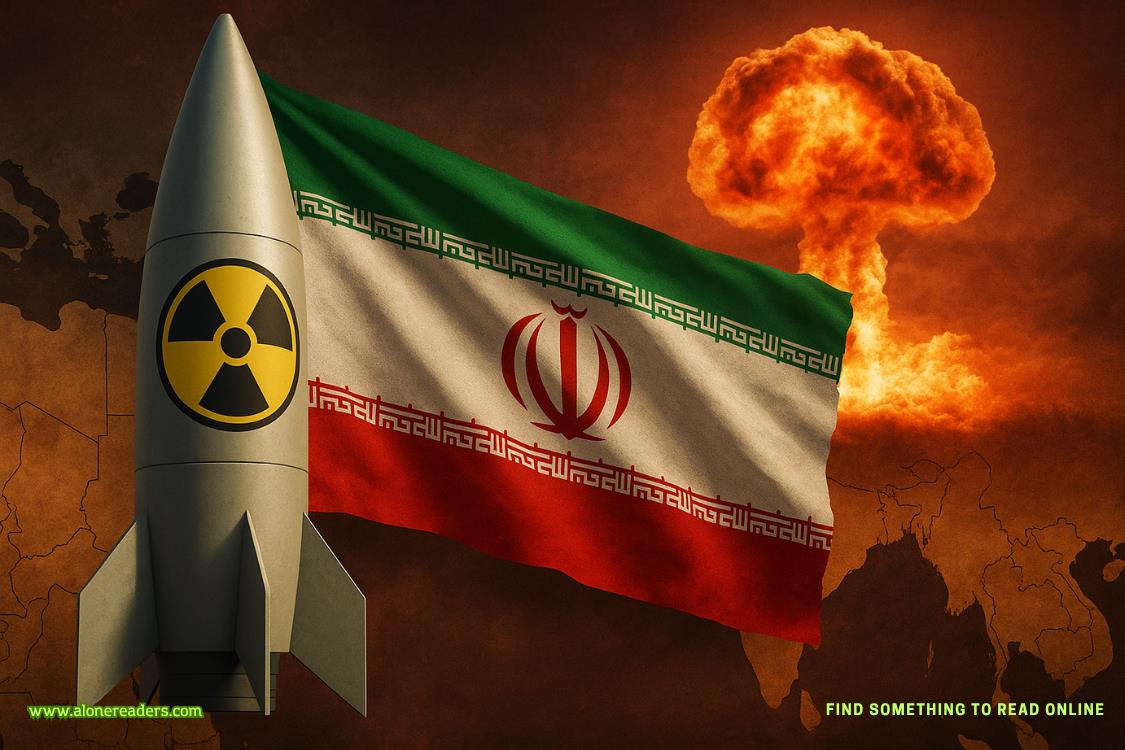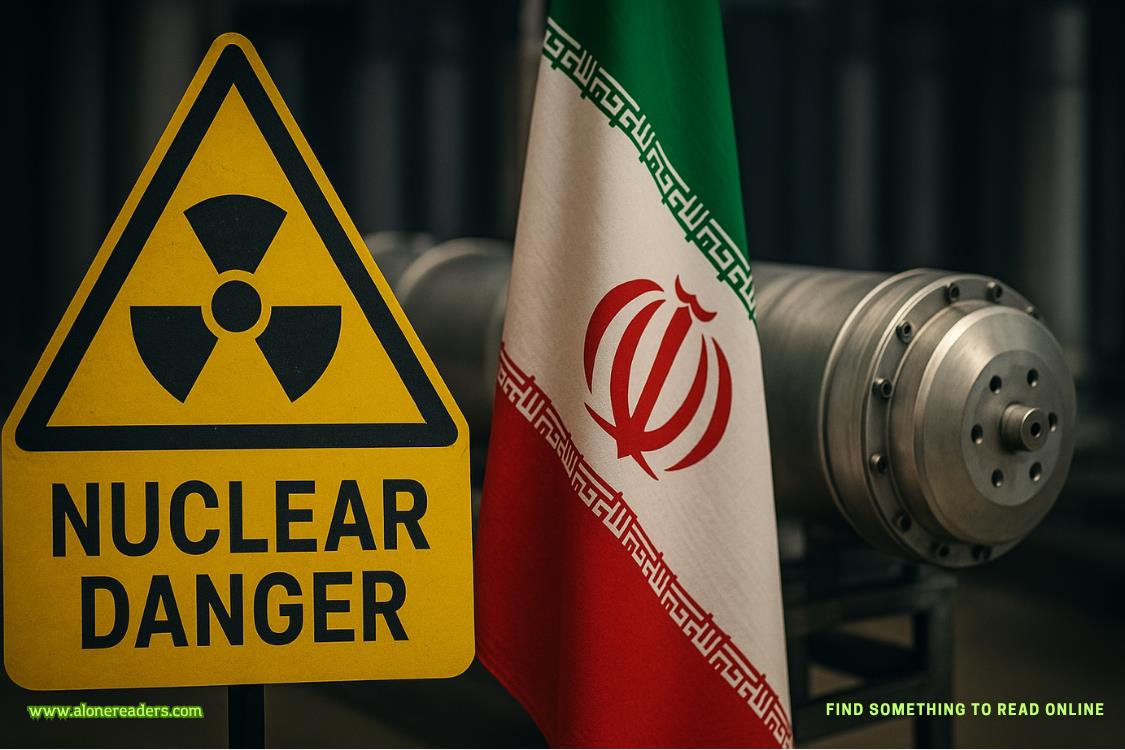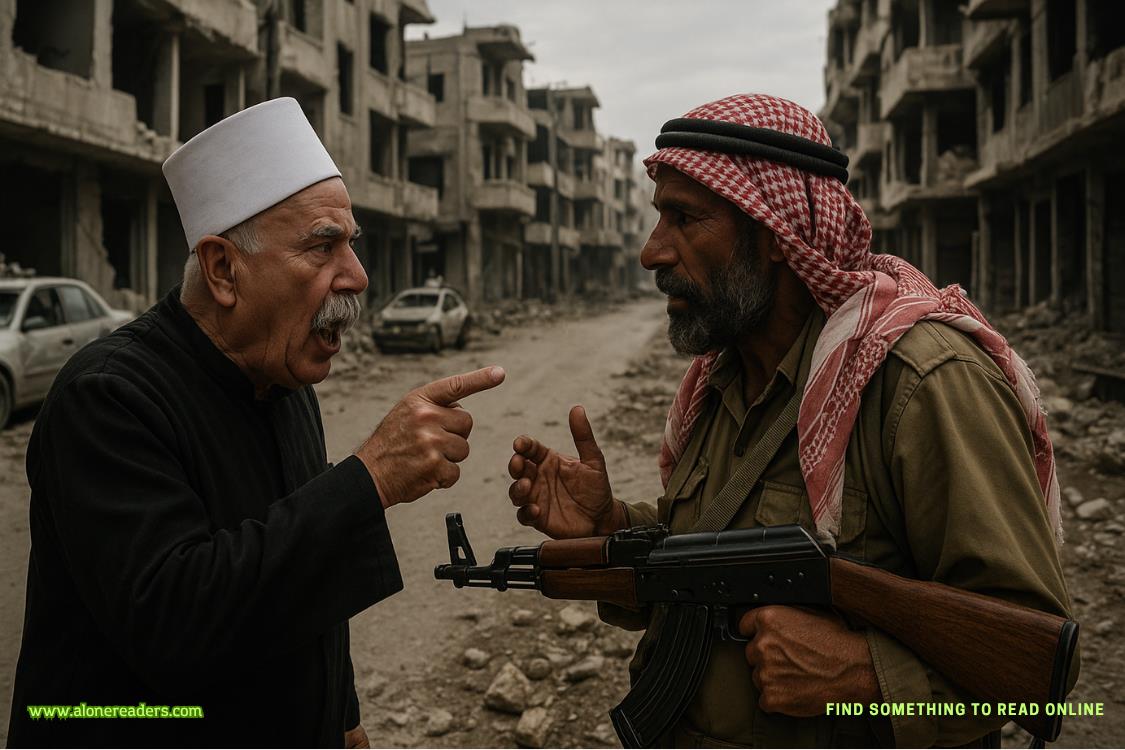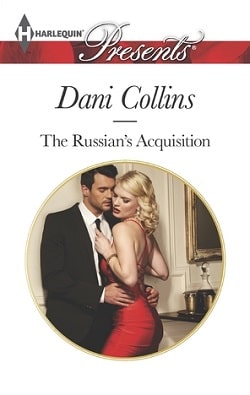“Hitler once remarked to Father Schiller that when it came to the Jews, he was merely carrying out the same policy the Church had adopted fifteen hundred years earlier. Father Schiller did not dispute Hitler’s interpretation of Catholic history.”
“Do I have to ask how the Order conducted itself during the war?”
“I’m afraid it remained loyal to Hitler even after it became clear he was determined to murder every last Jew in Europe. Priests from the Order traveled with SS Einsatzgruppen units in the Baltics and the Ukraine and granted the murderers absolution each night when the killing was done. French members of the Order sided with Vichy, and in Italy they supported Mussolini to the bitter end. The Order also had ties to the clericalfascists in Slovakia and Croatia. The conduct of those two regimes is an indelible stain on the history of the Church.”
“And when the war was over?”
“A new war began. A global contest between the West and the godless Soviet Union. Father Schiller and the Order were suddenly very much in vogue.”
With the tacit approval of Pope Pius XII, Schiller helped dozens of fugitive German and Croatian war criminals escape to South America, which the Order regarded as the next battlefield in the war between Christianity and communism. Funded by the Vatican, it established a network of seminaries and schools throughout Latin America and recruited thousands of new lay members—mainly wealthy landowners, soldiers, and secret policemen. During the dirty wars of the 1970s and 1980s, the Order once again sided with the murderers rather than the victims.
“In 1987, the year of Father Schiller’s death, the Order was at the zenith of its power. It had at least fifty thousand lay members, a thousand ordained priests, and another thousand diocesan clergy who were members of something called the Priestly Society of the Order of St. Helena. When Lucchesi and I moved into the Apostolic Palace, they were among the most influential forces within the Church.”
“What did you do?”
“We clipped their wings.”
“How did they react?”
“Exactly as you would expect. Bishop Hans Richter loathed my master. Almost as much as he loathes me.”
“Is Richter German?”
“Austrian, actually. So is Father Graf. He’s Bishop Richter’s private secretary, acolyte, and personal bodyguard. He carries a gun whenever the bishop is in public. I’m told he knows how to use it.”
“I’ll keep that in mind.” Gabriel showed Donati the photograph he snapped when they were lunching at Piperno in Rome.
“That’s him. He must have followed me from the Jesuit Curia.”
“Where might I find him?”
“You’re not to go anywhere near him. Or Bishop Richter.”
“Hypothetically,” said Gabriel.
“Richter divides his time between his palazzo on the Janiculum Hill and the Order’s headquarters in the village of Menzingen in Canton Zug. The Order relocated there in the 1980s. In case you’re wondering, the bishop does not travel commercially. The Order of St. Helena is extraordinarily wealthy. He has a private jet at his disposal twenty-four hours a day.”
“Who owns it?”
“A secret benefactor. The man behind the curtain. At least that’s the rumor.” Donati took up the Holy Father’s letter. “I only wish my master had told you the name of the book.”
“Are you familiar with thecollezione?”
Donati nodded slowly.
“Would you be able to find it?”
“That would require gaining access to the Manuscript Depository, no easy feat. After all, they’re called the Secret Archives for a reason.” Donati looked at the composite sketch of the man who had questioned Stefani Hoffmann. “You know, Gabriel, you really should consider taking up painting for a living.”
“Is he a member of the Order?”
“If he is, he isn’t a priest.”
“How can you be sure?”
“Because the Order would never send one of their priests to question someone like Stefani Hoffmann.”
“Who would they send?”















